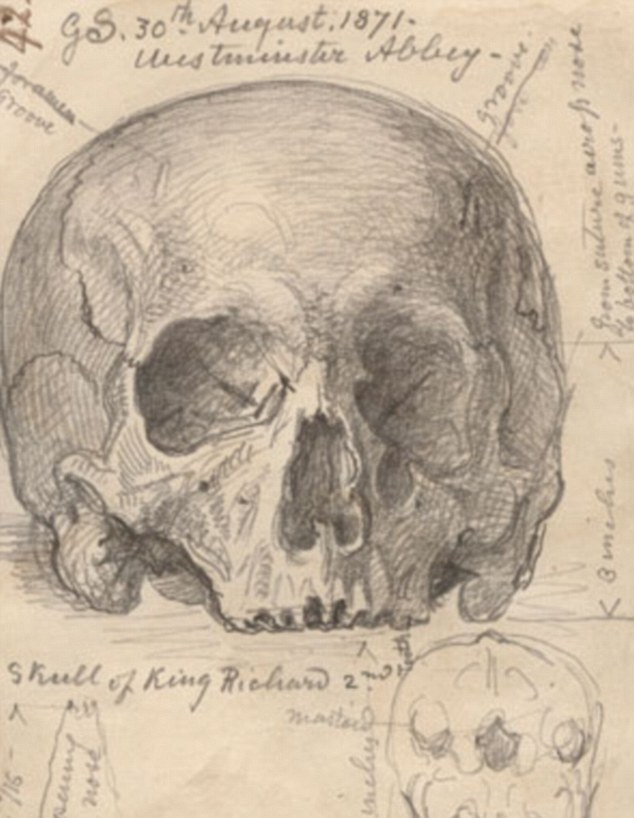


"But probably twice that number hung up on me, harassed me, or threatened me."

"I spoke with about 100 members of Skull and Bones and they were members who were tired of the secrecy, and that's why they were willing to talk to me," says Robbins. This building, which is visible on the far left, was completed in 1928, and includes a bridge over High Street, located immediately to the south of the Tomb.And to a man and women, they'd responded to questions with utter silence until an enterprising Yale graduate, Alexandra Robbins, managed to penetrate the wall of silence in her book, "Secrets of the Tomb," reports CBS News Correspondent Morley Safer. Otherwise, the only noticeable change to this scene has been the construction of the adjacent Yale Art Gallery. However, the towers were preserved, and were incorporated into the new building. Completed in 1853, and likewise designed by Alexander Jackson Davis, this Gothic-style building stood near the northwest corner of the old campus until 1911, when it was demolished to build the present-day Wright Hall. Not much of the building is visible except for the crenelated towers, which had once adorned Alumni Hall. Immediately to the right is Weir Hall of the Jonathan Edwards College, one of the residential colleges at Yale. Not much has changed since the first photo was taken more than a century ago, although the surroundings have. Today, the Tomb is still standing, and still serves as the meeting hall for the Skull and Bones.

The old front entrance became two narrow windows, and a new entrance was built in the middle of the two wings, as seen in the first photo. Then, in 1903, it was doubled in size with a new wing on the right side that matched the design of the original section. The Tomb was subsequently expanded over the years, starting with an addition to the rear in 1883. It featured a windowless, sandstone exterior that resembled an ancient Egyptian tomb, and was evidently designed by architect Alexander Jackson Davis, although other sources have credited New Haven architect Henry Austin with the design. Appropriately known as the Tomb, the original part of the building was completed in 1856, on the left side of this scene. Many of these rumors concern the interior of its meeting hall, which is said to contain, among other artifacts, the skulls of Martin Van Buren, Geronimo, and Pancho Villa. This impressive membership roll, along with the group’s secrecy, has undoubtedly played a major role in the various conspiracy theories and other rumors surrounding the society. Bush were also members, as was John Kerry, and other members have included a wide range of congressmen, cabinet members, Supreme Court justices, business executives, and other prominent leaders. Alphonso Taft himself went on to have a successful career as Attorney General and Secretary of War during the Grant administration, and his far more famous son was also a member. Each year, a new group of seniors was initiated into the Skull and Bones, which over time came to include some of the nation’s most powerful political figures. The society was founded in 1832 by William Huntington Russell and Alphonso Taft – father of future president and Supreme Court chief justice William Howard Taft – and at the time it consisted of 14 Yale seniors. There are plenty of secret societies on college campuses across the country, but perhaps none are as famous, or mysterious, as the Skull and Bones at Yale. Image courtesy of the Library of Congress, Detroit Publishing Company Collection. The Skull and Bones Tomb, on High Street on the campus of Yale University, around 1903-1912.


 0 kommentar(er)
0 kommentar(er)
